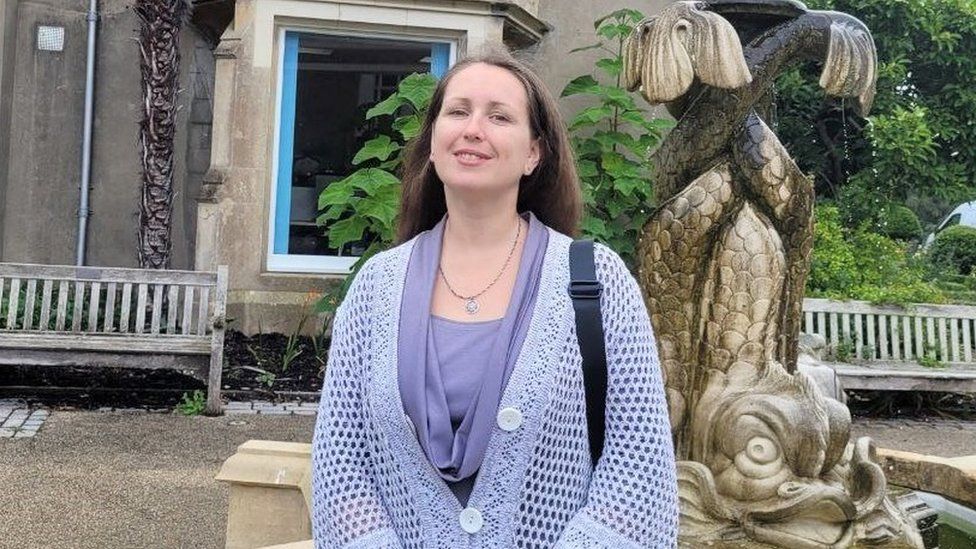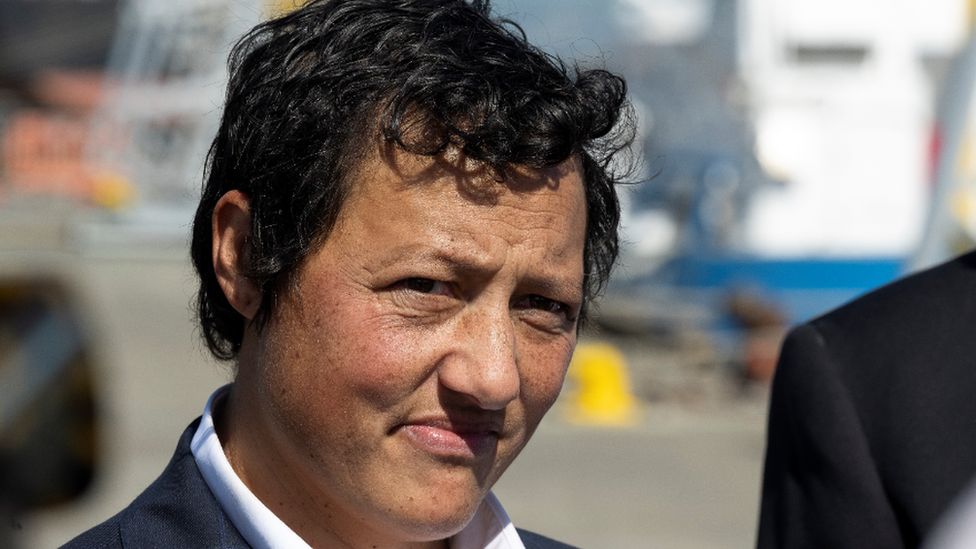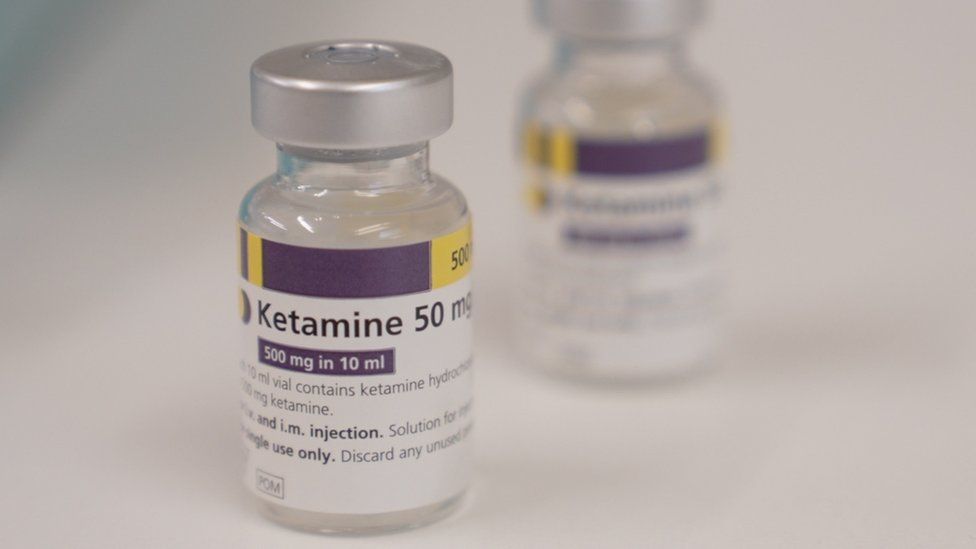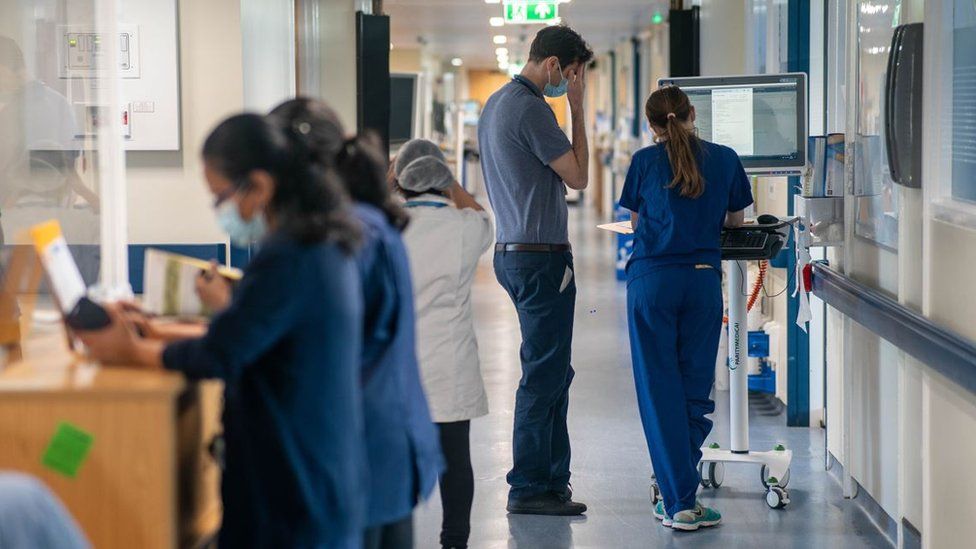For a radioactive gas that has been connected to lung cancer, more than 9,000 homes in Leeds are undergoing testing.
The homes in the Morley, Middleton, and Rothwell areas that are owned by local authorities are being checked for radon as a precaution, according to Leeds City Council.
Testing is being done because 9,100 homes were found to have between a 1% and 5% risk of having too much radon in them.
A spokesperson clarified that there was "no suggestion" that locals were in danger.
An odorless, naturally occurring gas called radon is found in the rocks and soil found all over the United Kingdom.
The radon level in the air outside is extremely low, but it can be higher inside buildings, and prolonged exposure to high levels can result in lung cancer, according to the UK Health Security Agency (UKHSA).
The UKHSA had reportedly identified just over 9,100 council properties where excess levels may potentially be present, according to the Local Democracy Reporting Service, which was reported at a council meeting.
The risk factor for the remaining 45,000 council homes is estimated to be between 0% and 1%.
The data does not include privately owned properties.
"Radon gas is not just a risk in Leeds; it is a risk throughout the UK," said Adam Crampton, the council's head of property management, at the meeting. There are parts of the nation where the risk is significantly higher than in Leeds, particularly in South Wales and south-western England.
"There isn't much evidence, either empirical or anecdotal, to back up any worry that the risk is higher in Leeds. However, it also prevents us from demonstrating that the risk is low.
"We've developed what we believe to be a robust and proportionate approach to testing throughout the city in consultation with the UKHSA. ".
Although smoking continues to be the leading cause of lung cancer, Dawn Bailey, the council's chief officer for public health, said high levels of radon were associated with a higher risk of developing the disease.







